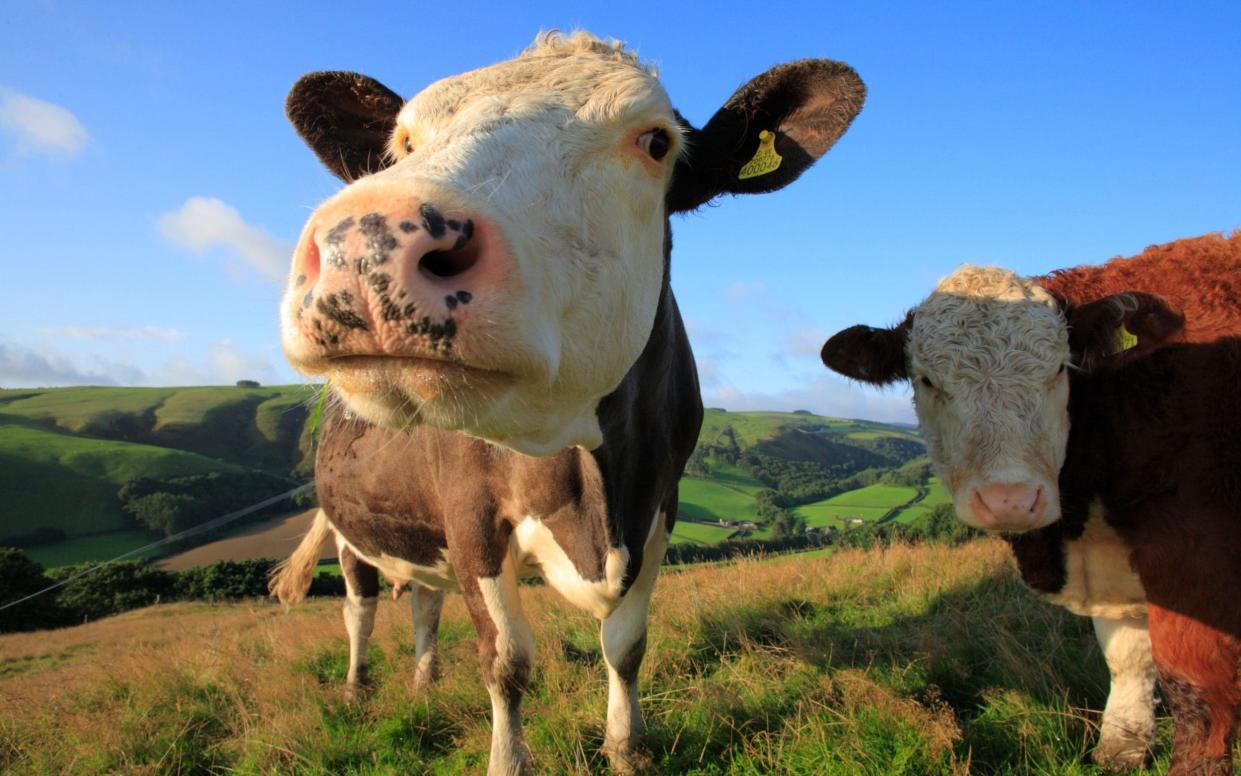Farmers fail to sign up for green subsidy because growing food makes more money

New green farming subsidies are failing to attract large numbers of farmers, who are instead focusing on food production.
Just 1,000 farmers are signed up to the most basic part of the new £2.4 billion environmental land management scheme (Elms), which will replace the old EU-style subsidies.
The number of farmers signed up to the scheme, which opened in June, is just 1.6 per cent of the Government’s target of participants by 2028.
The Government is now considering reviewing the scheme to make it easier and more profitable for farmers to sign up, prompting warnings from green groups that its environmental benefits could be watered down.
Instead of paying farmers simply for the amount of land on which they produce food, as EU under subsidies, Elms is a three-part scheme that pays for environmental goods such as soil health, air quality and reduced water pollution.
Offer is 'not worth the paperwork'
Farming groups say payments for the Sustainable Farming Incentive (SFI), intended to be the most accessible part of the scheme, are too low to encourage farmers to join up, particularly as global food shortages push prices up.
Arable farmers can make £22 a hectare from the entry-level scheme intended to improve their soil, compared with profits of up to £4,000 a hectare from growing sugar beet.
Growing sugar beet and other root crops, such as potatoes, is likely to be incompatible with meeting the environmental requirements to get the SFI payments, leaving farmers with an obvious trade-off.
“Particularly for arable farmers, the incentive that’s on offer is basically not worth the paperwork,” said Martin Lines, chairman of the Nature Friendly Farming Network.
Political turmoil has also made it more difficult for the department to focus on engaging farmers to understand and sign up to the schemes.
The Government pledged to review the Elms scheme when Liz Truss came to power.
The review is expected to go ahead under the new prime minister and is expected to make the SFI more attractive to farmers. This could include paying farmers next year for more actions, such as protecting hedgerows, which had been planned at a later date.
'We've got to crunch time'
“There are some warning signs about lack of engagement in SFI,” said David Exwood, the vice-president of the National Farmers Union. “We've got to crunch time.”
The NFU and other traditional farming groups want the Government to commit to moving money from the more ambitious parts of the scheme, in particular elements focused on landscape-scale work, including rewilding.
“The majority of that land is not expected to produce very much food,” said Mark Tufnell, from the Country Land and Business Association. “We feel that from 2024 onwards, there should only ever be up to 10 per cent of the budget focused on landscape recovery.”
Other subsidies in the scheme, known as local nature recovery, could also be simplified to encourage more farmers to take it up.
But green groups fear simplifying Elms could undermine its environmental aims, and shrinking its rewilding and tree-planting schemes could undermine farming’s ability to help the Government reach its nature and net zero goals.
“I don’t believe simplifying things is going to get us to those targets,” said Mr Lines. “SFI was pretty weak in its lower ambitions anyway, which were barely more than encouraging farmers to meet a little bit more than legal requirements.”
“Many farmers may participate. But you won't get a real nature recovery or water quality improvements, because the standard is so basic.”

 Yahoo News
Yahoo News 
